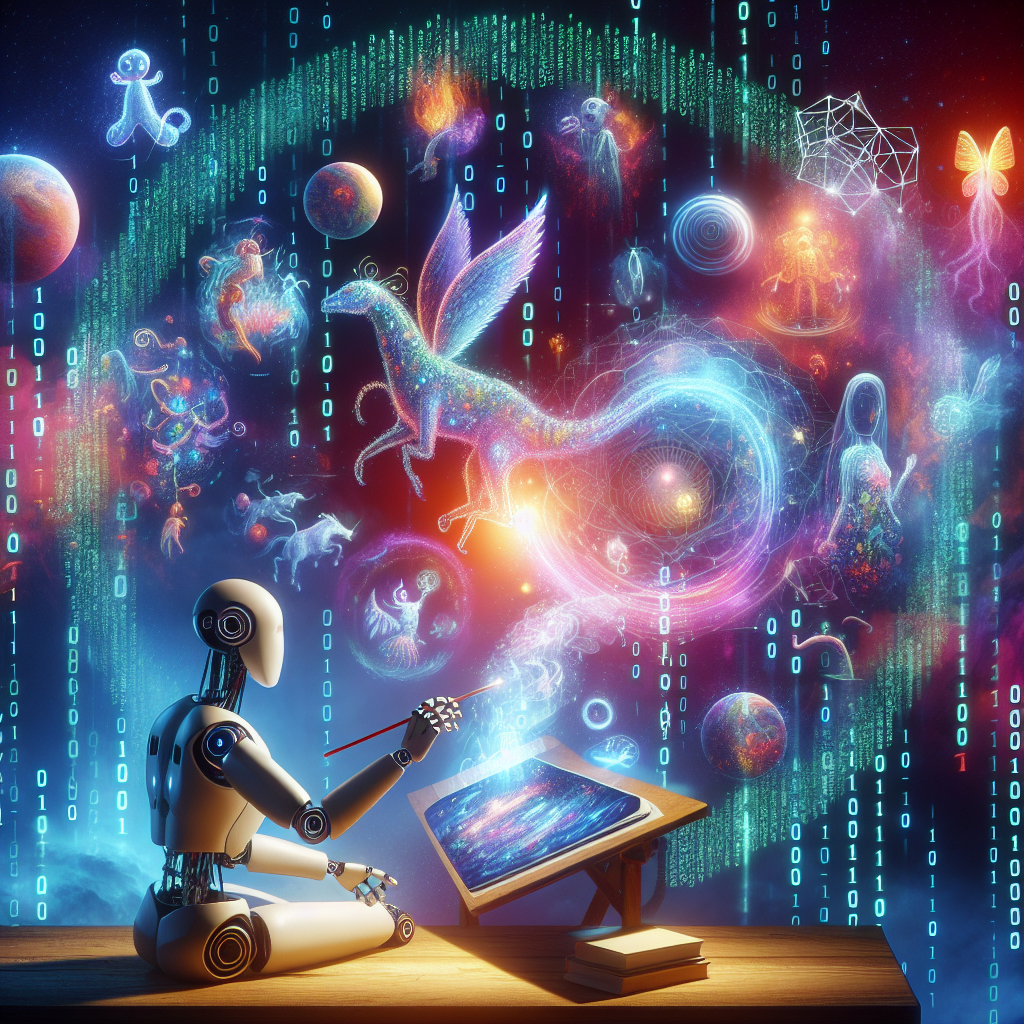Generative AI, or artificial intelligence that can create original content, has been making waves in the world of storytelling. From generating plotlines to creating characters and dialogue, AI is revolutionizing the way stories are told. In this article, we will explore the power of generative AI for storytelling and how it is being harnessed by writers, filmmakers, and other creatives.
What is Generative AI?
Generative AI is a type of artificial intelligence that can create original content, such as text, images, or music, without human intervention. This is achieved through machine learning algorithms that are trained on large datasets of existing content and then used to generate new content based on patterns and trends in the data.
One of the most popular applications of generative AI is in natural language processing, where AI can generate coherent and engaging text that mimics human writing. This has led to the development of AI-powered writing assistants, chatbots, and even AI-generated news articles.
How is Generative AI Used for Storytelling?
Generative AI is being used in a variety of ways to enhance storytelling across different mediums. In the world of literature, authors are using AI to generate plotlines, create new characters, and even collaborate with AI on writing projects. For example, the novel “1 the Road” by J.R. Carpenter was created using a generative text algorithm that generated a new story every time it was read.
In film and television, generative AI is being used to generate scripts, create visual effects, and even generate entire scenes. For example, the film “Zone Out” was created using a generative AI system that generated the entire script and storyboard based on a few keywords provided by the filmmakers.
In gaming, generative AI is being used to create dynamic and immersive storytelling experiences. For example, the game “AI Dungeon” uses a generative AI system to create text-based adventures that are unique to each player, based on their choices and actions.
Overall, generative AI is enabling storytellers to explore new creative possibilities and push the boundaries of traditional storytelling techniques.
Benefits of Using Generative AI for Storytelling
There are several benefits to using generative AI for storytelling. One of the main advantages is the ability to generate vast amounts of content quickly and efficiently. This can be particularly useful for writers who are looking to experiment with different plotlines, characters, and settings.
Generative AI can also help to spark creativity and inspire new ideas. By generating random prompts or suggestions, AI can help writers break out of creative ruts and explore new directions in their storytelling.
Another benefit of generative AI is the ability to collaborate with AI on writing projects. This can lead to unexpected and innovative storytelling outcomes, as AI can bring a fresh perspective to the creative process.
Challenges of Using Generative AI for Storytelling
While generative AI offers many benefits for storytelling, there are also challenges that writers and creatives need to be aware of. One of the main challenges is the potential for bias in AI-generated content. Since AI is trained on existing datasets, it can inherit biases and stereotypes present in the data. This can lead to the generation of problematic or offensive content.
Another challenge is the lack of emotional intelligence in AI-generated content. While AI can generate coherent and engaging text, it may struggle to capture the emotional depth and nuance that human writers are able to convey. This can lead to AI-generated stories that feel flat or unconvincing.
Finally, there is the risk of over-reliance on AI in the creative process. While AI can be a valuable tool for generating ideas and content, it is important for writers to maintain their creative autonomy and not become overly dependent on AI for storytelling.
FAQs
Q: Can generative AI replace human writers?
A: While generative AI can assist with generating content, it is unlikely to fully replace human writers. AI lacks the emotional intelligence and creative intuition that human writers bring to the table.
Q: How can I get started with using generative AI for storytelling?
A: There are several AI-powered writing tools available that can help you get started with generative AI for storytelling. Platforms like OpenAI’s GPT-3 and Google’s BERT are popular choices for generating text.
Q: Is generative AI ethical?
A: Ethical considerations are important when using generative AI for storytelling. It is essential to be aware of potential biases in AI-generated content and to ensure that AI is used responsibly and ethically.
In conclusion, generative AI has the power to revolutionize storytelling by enabling writers and creatives to explore new creative possibilities and push the boundaries of traditional storytelling techniques. By harnessing the power of generative AI, storytellers can create engaging and immersive stories that captivate audiences and inspire new forms of narrative expression.

